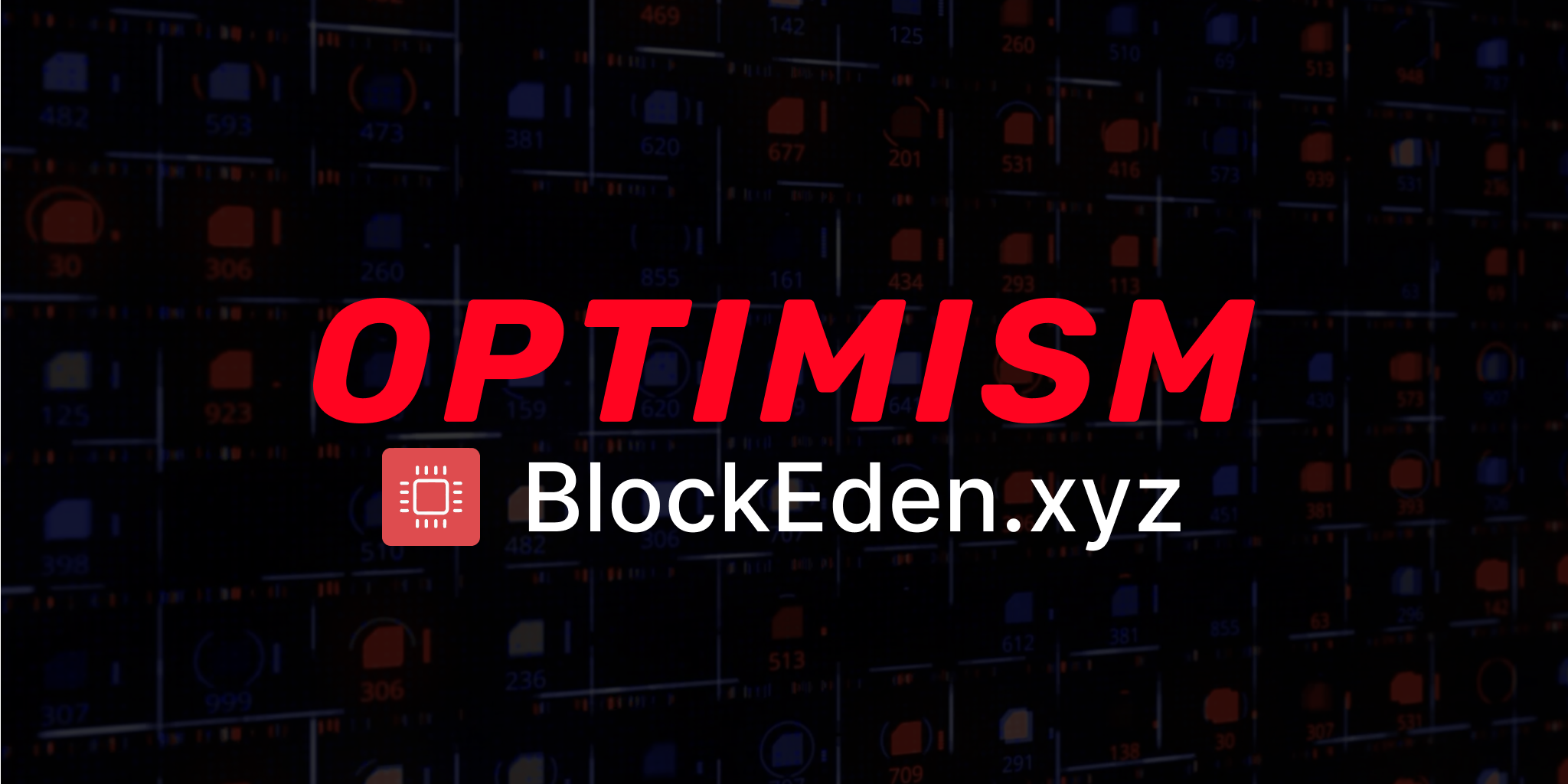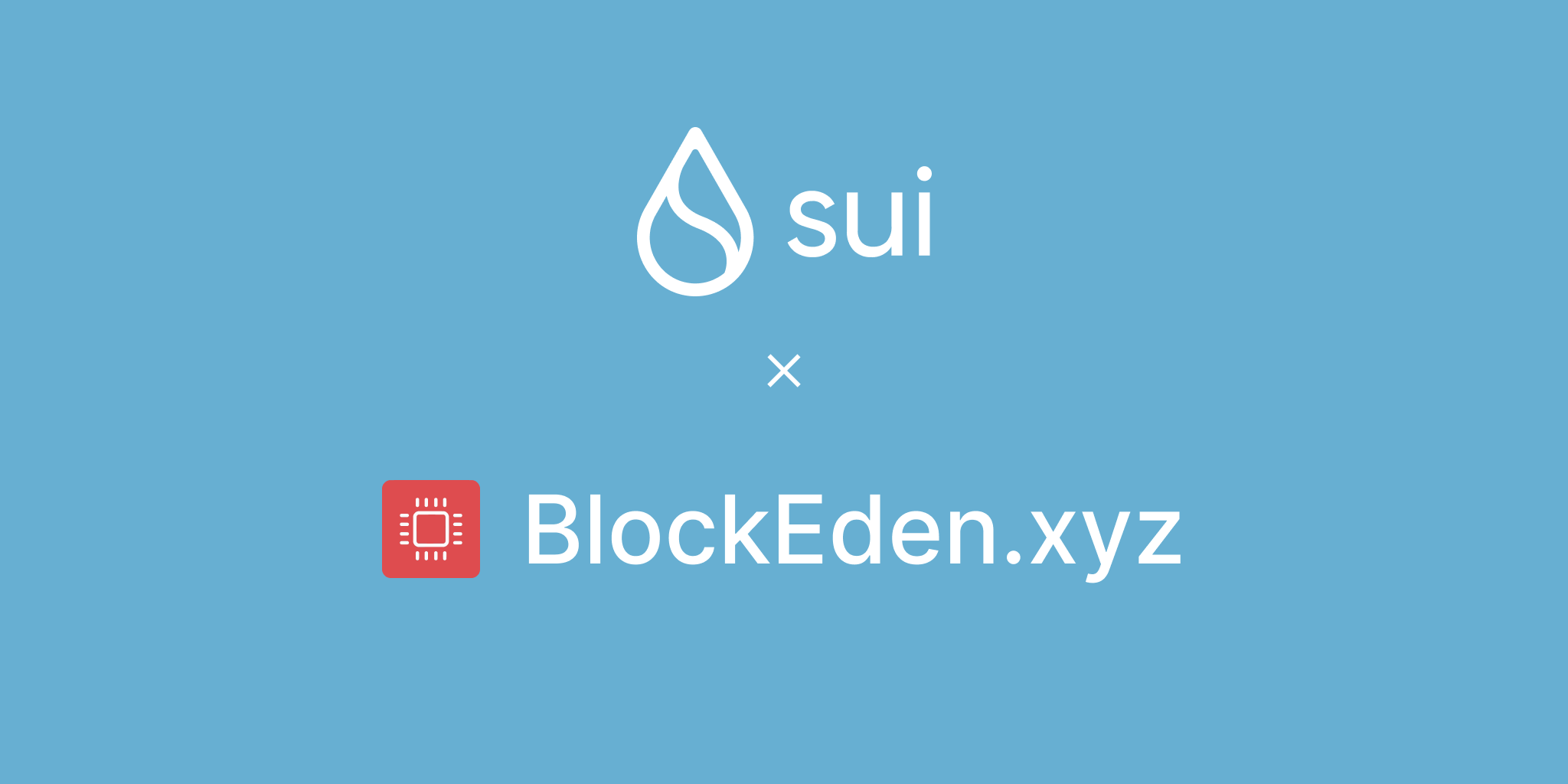Web3 DevEx Toolchain Innovation
Here's a consolidated summary of the report on Web3 Developer Experience (DevEx) innovations.
Executive Summary
The Web3 developer experience has significantly advanced in 2024-2025, driven by innovations in programming languages, toolchains, and deployment infrastructure. Developers are reporting higher productivity and satisfaction due to faster tools, safer languages, and streamlined workflows. This summary consolidates findings on five key toolchains (Solidity, Move, Sway, Foundry, and Cairo 1.0) and two major trends: “one-click” rollup deployment and smart contract hot-reloading.
Comparison of Web3 Developer Toolchains
Each toolchain offers distinct advantages, catering to different ecosystems and development philosophies.
- Solidity (EVM): Remains the most dominant language due to its massive ecosystem, extensive libraries (e.g., OpenZeppelin), and mature frameworks like Hardhat and Foundry. While it lacks native features like macros, its widespread adoption and strong community support make it the default choice for Ethereum and most EVM-compatible L2s.
- Move (Aptos/Sui): Prioritizes safety and formal verification. Its resource-based model and the Move Prover tool help prevent common bugs like reentrancy by design. This makes it ideal for high-security financial applications, though its ecosystem is smaller and centered on the Aptos and Sui blockchains.
- Sway (FuelVM): Designed for maximum developer productivity by allowing developers to write contracts, scripts, and tests in a single Rust-like language. It leverages the high-throughput, UTXO-based architecture of the Fuel Virtual Machine, making it a powerful choice for performance-intensive applications on the Fuel network.
- Foundry (EVM Toolkit): A transformative toolkit for Solidity that has revolutionized EVM development. It offers extremely fast compilation and testing, allowing developers to write tests directly in Solidity. Features like fuzz testing, mainnet forking, and "cheatcodes" have made it the primary choice for over half of Ethereum developers.
- Cairo 1.0 (Starknet): Represents a major DevEx improvement for the Starknet ecosystem. The transition to a high-level, Rust-inspired syntax and modern tooling (like the Scarb package manager and Starknet Foundry) has made developing for ZK-rollups significantly faster and more intuitive. While some tools like debuggers are still maturing, developer satisfaction has soared.
Key DevEx Innovations
Two major trends are changing how developers build and deploy decentralized applications.
"One-Click" Rollup Deployment
Launching a custom blockchain (L2/appchain) has become radically simpler.
- Foundation: Frameworks like Optimism’s OP Stack provide a modular, open-source blueprint for building rollups.
- Platforms: Services like Caldera and Conduit have created Rollup-as-a-Service (RaaS) platforms. They offer web dashboards that allow developers to deploy a customized mainnet or testnet rollup in minutes, with minimal blockchain engineering expertise.
- Impact: This enables rapid experimentation, lowers the barrier to creating app-specific chains, and simplifies DevOps, allowing teams to focus on their application instead of infrastructure.
Hot-Reloading for Smart Contracts
This innovation brings the instant feedback loop of modern web development to the blockchain space.
- Concept: Tools like Scaffold-ETH 2 automate the development cycle. When a developer saves a change to a smart contract, the tool automatically recompiles, redeploys to a local network, and updates the front-end to reflect the new logic.
- Impact: Hot-reloading eliminates repetitive manual steps and dramatically shortens the iteration loop. This makes the development process more engaging, lowers the learning curve for new developers, and encourages frequent testing, leading to higher-quality code.
Conclusion
The Web3 development landscape is maturing at a rapid pace. The convergence of safer languages, faster tooling like Foundry, and simplified infrastructure deployment via RaaS platforms is closing the gap between blockchain and traditional software development. These DevEx improvements are as critical as protocol-level innovations, as they empower developers to build more complex and secure applications faster. This, in turn, fuels the growth and adoption of the entire blockchain ecosystem.
Sources:
- Solidity Developer Survey 2024 – Soliditylang (2025)
- Moncayo Labs on Aptos Move vs Solidity (2024)
- Aptos Move Prover intro – Monethic (2025)
- Fuel Labs – Fuel & Sway Documentation (2024); Fuel Book (2024)
- Spearmanrigoberto – Foundry vs Hardhat (2023)
- Medium (Rosario Borgesi) – Building Dapps with Scaffold-ETH 2 (2024)
- Starknet/Cairo developer survey – Cairo-lang.org (2024)
- Starknet Dev Updates – Starknet.io (2024–2025)
- Solidity forum – Macro preprocessor discussion (2023)
- Optimism OP Stack overview – CoinDesk (2025)
- Caldera rollup platform overview – Medium (2024)
- Conduit platform recap – Conduit Blog (2025)
- Blockchain DevEx literature review – arXiv (2025)
.png)

